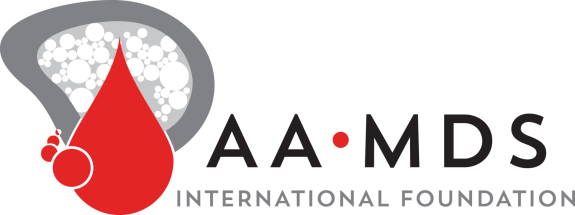News and Treatment Updates
Here's where you'll find a regularly updated, broad range of articles written by the AAMDSIF team, allied health organizations and news organizations. By staying well-informed, patients and families are practicing a form of self-support that will help them be more effective self-advocates when engaging with health care providers.

